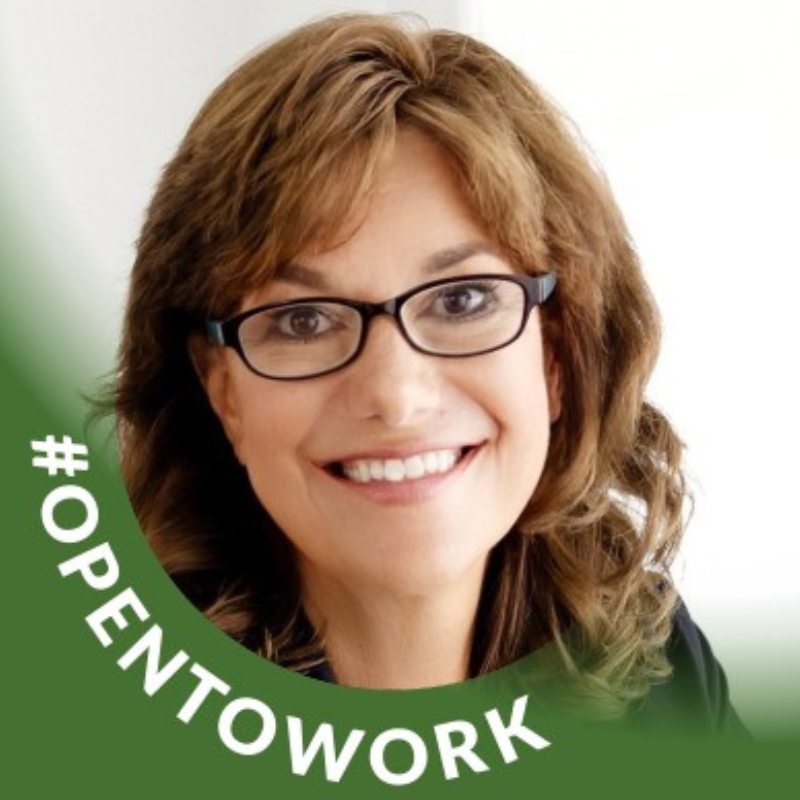
LinkedIn released its Open to Work banner in 2020 in response to the record number of workers let go from their jobs because of the pandemic-related economic shutdown. Intended to give job seekers an edge in their job search by informing their network of their availability to work, it is still a feature that can be accessed today for those who want to publicly get the word out about their search.
The decision to use it or not should be aligned with your overall professional goals and be just one part of your overall career campaign strategy. Just because the feature exists doesn’t make it right for everyone but consider if it could provide you with an advantage and hasten the outcome of your search.
Four ways the Open to Work feature may provide an advantage to your search
- You are unemployed or soon to be and feel an urgency to leverage all tools at your disposal immediately and simultaneously.
- You are completely transparent about your desire to find a new job.
- You want to signal to recruiters that you are available more quickly to begin a new assignment than others that will have to work through a notice period with their current employer.
- You are entering the job market following a career break and want to generate interest and gain momentum around your return.
Four ways the Open to Work feature may hinder your search
- You are actively employed, and your boss does not know you are pursuing other positions.
- You are relying on the banner and the related announcement to your network to be the foundation of your search.
- Your profile and messaging becomes centered on your unemployed status versus why an employer should hire you.
- You keep the banner on too long and any activity it may generated the first few weeks has dried up.
Build the message of your value offering strategically
When I am asked as a career coach whether or not I recommend using the Open to Work banner, I always respond, “It depends.” and reference the list of considerations I’ve just outlined.
I also suggest that regardless of a yay or nay decision on enabling the banner, that focusing on your value offering versus your employment status is always the best strategy, so consider the following:
Six ways to use LinkedIn to communicate your value offering
- Craft a personally branded, keyword-rich headline. Think beyond the default setting of your current job title and customize a unique headline that showcases the best of what you bring to the table. This is the introduction to your profile, so get creative, but keep it focused on your value and your goal.
- Fully develop the about section and tell your professional story. Rather than copying and pasting elements of your resume, use a first-person voice to take the reader on a compelling journey and entice them to want to learn more about you. Avoid using long paragraphs and instead, make good use of white space to improve readability.
- Build out all of your employment experiences. Help visitors to your profile learn more about the scope of your work responsibilities and your most important accomplishments. Discretion is key here; take credit for what you’ve done but be cautious about sharing proprietary or confidential information.
- Take credit for all 50 available skills. This section is an excellent opportunity to call out the strongest skills that make you an ideal candidate for future roles you desire. To leave skills unclaimed can mean a missed opportunity to be found for a job that requires what you have to offer.
- Utilize the featured section to improve the visual appeal of your profile. This section is ideal for displaying personal accomplishments, memorable professional experiences, high-performing posts, podcast recordings, media interviews you’ve done…you name it! It can be very impactful for a viewer of your profile to quickly see some of the fantastic things you have accomplished, and they can still read deeper to learn more.
- Ask for recommendations to post to your profile. These are wonderful because like references, they allow other people to corroborate what you say about yourself and can influence a decision-maker on your behalf. Recommendations can come diverse sources. Think about who would be willing to share their positive reflections of you and ask.
Your ability to provide a solution to the problem of an employer is what will get you hired and being unemployed is not a qualification for a future job, so consider if using the Open to Work feature is right for your situation. Creating a fully optimized LinkedIn profile is an outstanding way to communicate your value offering at any stage of your career.
Want more great tips? Check out https://www.inspirecareers.com/in-the-media/ for recent career-related information I’ve shared on numerous podcasts, television outlets, and radio shows.
Visit the Inspire Careers YouTube channel to enjoy diverse content I share through video https://www.inspirecareers.com/inspire-careers-youtube-channel/ and don’t forget to subscribe to be notified when new content is added. Our Spotlight Series Podcast is also available wherever you find your favorite podcasts.
This article was originally posted on Career Directors International at https://careerdirectors.com/blog/


